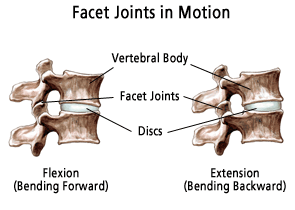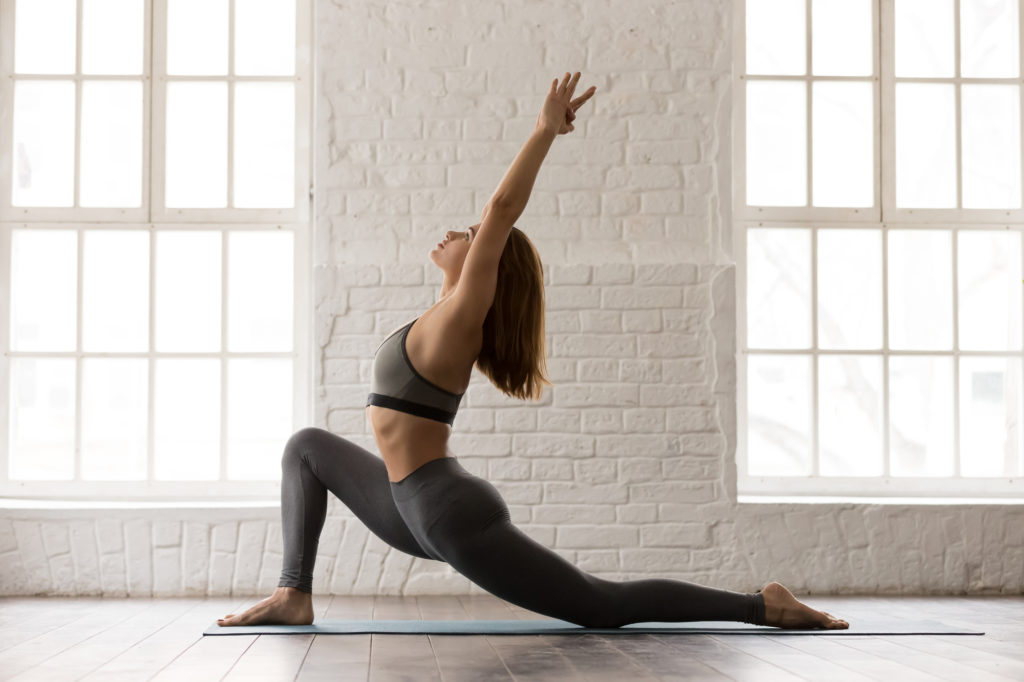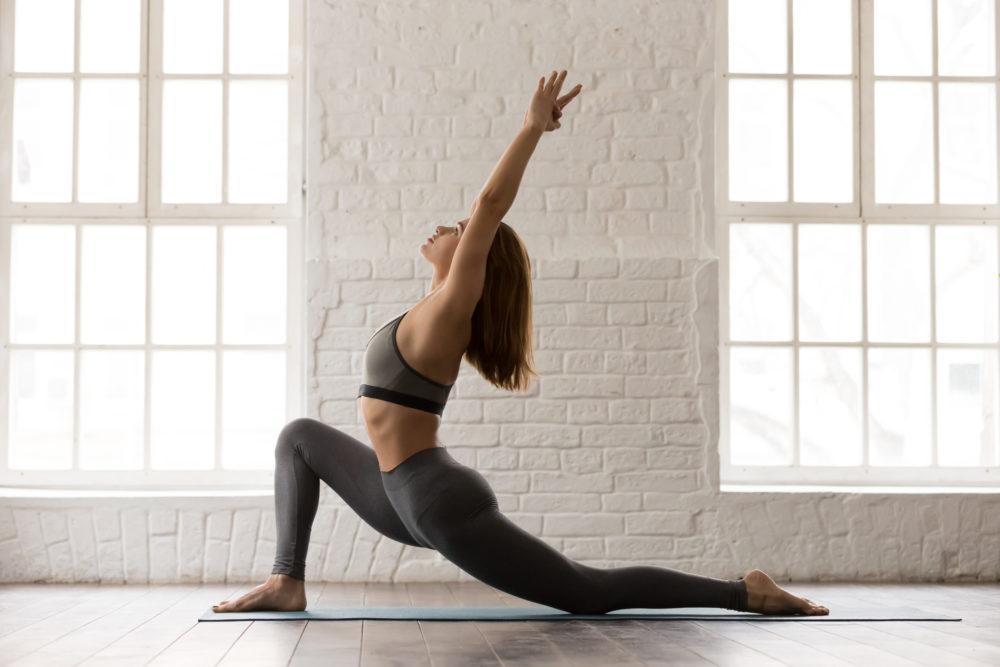Don’t Stretch Your Lower Back!
Stretches for lower back pain are a go to for people experiencing low back symptoms. Intuitively stretching the lower back makes sense. It’s tight and it hurts, it needs to be stretched. Right? It even feels better shortly after stretching.
No! Wrong…stretches for lower back pain that directly stretch the lower back result in short-term pain relief at best and usually exacerbate lower back pain over time.
What?!! How could this be, it feels better after stretching you say. To better grasp why stretching the lower back is often counterproductive let’s look at lumbar anatomy and biomechanics.
Lumbar spine anatomy and biomechanics
A lumbar motion segment consists of a vertebral bone/intervertebral disc/vertebral bone. There is a facet joint on either side, so two facet joints with each motion segment.

The disc between the two vertebrae and the two facet joints are what allow motion through the lower back and the entire spine.
Motion segments that move excessively are the ones that become painful. Excessive motion results in increased forces through the disc and facet joints at a particular motion segment.
Excessive motion leads to tissue micro-trauma, inflammation, and pain. Too much motion under load has been shown to result in disc injuries in research studies.
The reason the lower back tightens up and even spasms when pain is present is to STABILIZE the area or motion segment that’s responsible for pain.
Why stretches for lower back pain shouldn’t stretch the lower back
Stretching the lower back increases motion and places more force through the disc and facet joints.
Pain is decreased for a short period following stretching because the stretch receptors in the muscle spindles are stimulated. This results in short-term pain relief.
BUT stretching motion segments that already move too much delays the healing process and can actually increase symptoms.
So…what should you do? You want to stretch the areas above and below the lumbar spine. This minimizes forces and wear/tear through the discs and facets of the motion segment or segments that are pain generators.
Stretches for Lower Back Pain
The best stretches for lower back pain don’t involve stretching the lower back directly, at all. They involve stretching the areas directly below and above the lower back. The hips and thoracic spine.
Stretch Your Hips
My lower back hurts. Why would I stretch my hips?
Decreased hip mobility puts increased stress/strain through the lower back. Tight, stiff hips with limited range of motion can contribute to lower back pain. Improving hip mobility decreases excessive forces through the lumbar spine, leading to less pain.

Hip flexor stretching, hamstring stretching, and hip mobility exercises should all be incorporated.
Stretch Your Thoracic Spine
The thoracic spine is the mid back. Just like the hips, why stretch out your mid back when your lower back hurts? Same as the hips, less mobility through the mid back results in too much movement through the lower back. This often results in pain. Optimal thoracic spine motion reduces pain causing stress/strain through the lumbar spine.

The thoracic spine is usually limited into extension and rotation. Focusing on self mobilization exercises that extend and rotate the thoracic spine are key.
Stretching and mobilizing the hips and thoracic spine will also gently move the lower back through beneficial ranges.
Stretches for lower back pain need to focus on the hips and the thoracic spine. Limit direct lower back stretching. Improved hip and mid back range of motion and mobility will reduce lower back pain more effectively compared to direct lower back stretches.
FAQS
Focus on hip flexor stretching, hamstring stretching, and thoracic mobility exercises. Limit direct lower back stretching. Direct lower back stretching increases stress and strain through already painful lower back tissues.
The best stretches for lower back pain focus on the hips and the thoracic spine (mid back). Improving range of motion in the hips and thoracic spine decreases stress/strain and wear and tear through the lower back. Hip flexor stretches, hamstring stretches, and thoracic mobility exercises should be the focus.
Limit or avoid stretching the lower back directly. Focus on stretches directed to the hips and the mid back. Hamstring stretches, hip flexor stretches, and thoracic mobility exercises should be the primary focus. Limit direct lower back stretches because of the increased forces they place through already painful discs, facet joints, muscles, and nerves in the lower back. While direct lower back stretches may result in short-term pain relief they can actually slow the healing process and/or exacerbate lower back pain. Stretching out the hips and the mid back decreases pain causing forces through the lower back and leads to more consistent, lasting pain relief over time.
Stretches that focus on the hips and the mid back. Hip flexor stretches, hamstring stretches, and thoracic mobility exercises are the best stretches for lower back pain. Stretching the hips and the mid back decreases stress/strain and force through the lower back. Less force through the lower back decreases pain and allows discs, joints, nerves, and muscles to heal.
Good stretches for lower back pain focus on the hips and the thoracic spine (mid back). Hip flexor stretches, hamstring stretches, and thoracic mobility exercises are good stretches for lower back pain. Lower back pain responds best to stretches directed to areas directly above (thoracic spine) and below (hips) the lower back. Improved mobility through the area above (thoracic spine) and below (hips) the lower back decreases stress/strain and force through the discs and joints of the lower back. This leads to decreased pain and inflammation.



